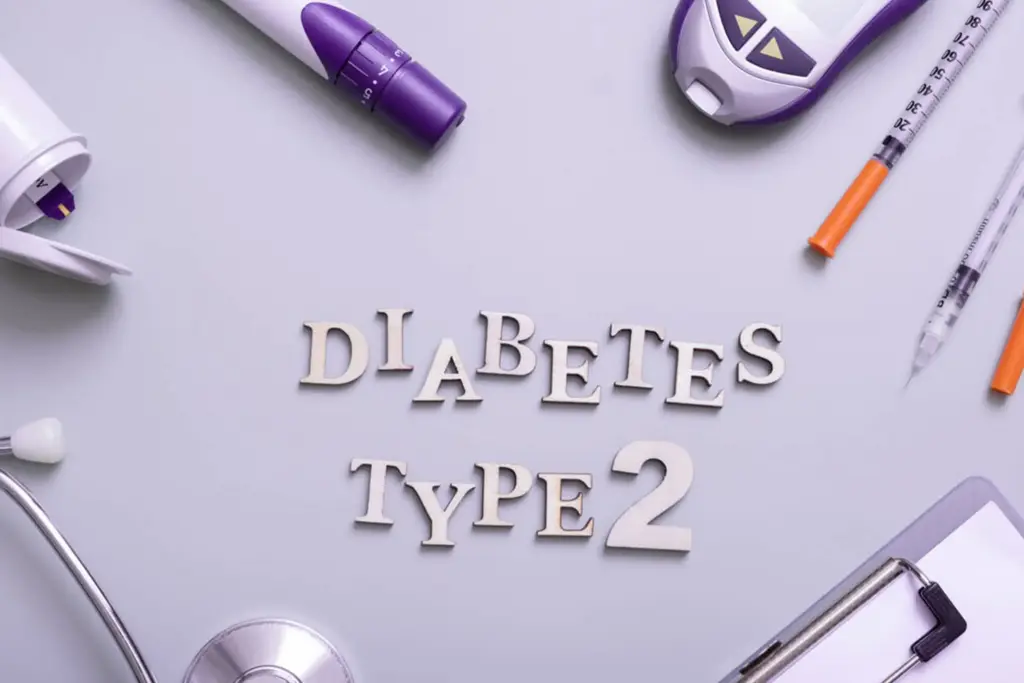
Type 2 diabetes: Type 2 diabetes is common, and it happens when the body can’t use insulin well enough to keep blood sugar in check. But here’s the catch: several other conditions can look a lot like type 2 diabetes. They can cause similar symptoms, such as frequent urination, constant thirst, or fatigue, or even show up as high blood sugar on a test. That overlap can confuse diagnosis and delay the right treatment.
This guide explains what type 2 diabetes is and which look-alike conditions to watch for, so you know what to ask your doctor and how to take control early.
Also Read | What is prediabetes? Key symptoms you shouldn’t ignore
What is type 2 diabetes?
Type 2 diabetes develops when the body doesn’t respond well to insulin or doesn’t make enough of it to keep blood sugar in a healthy range. Over time, persistently high glucose can harm the eyes, nerves, kidneys, and heart. Watch for signs such as unusual tiredness, peeing more often, blurry vision, increased thirst, and cuts or infections that heal slowly.
Conditions that look like type 2 diabetes:
Stress-induced hyperglycemia:
When the body is under intense physical or emotional stress, blood sugar can spike temporarily, a response known as stress-induced hyperglycemia. It can feel a lot like high sugar from diabetes (fatigue, thirst, peeing more often), but it’s usually short-lived and settles once the stressor, such as surgery, severe illness, or trauma, passes.
Steroid-induced diabetes:
Some medicines, especially corticosteroids, can push blood sugar up, a reaction often called steroid-induced hyperglycemia/diabetes. It can look like diabetes (thirst, frequent urination, fatigue), but the trigger is the medication rather than classic insulin resistance. Often, sugars improve after steroids are reduced or stopped.

Pancreatic diseases:
Your pancreas makes insulin. So if it’s damaged due to pancreatitis or pancreatic cancer, it can lead to diabetes-like symptoms. This form is often called pancreatogenic (Type 3c) diabetes. People may also have abdominal pain, weight loss, and digestive problems (because the pancreas also makes enzymes for digestion). It can develop after years of chronic pancreatitis.
Polycystic ovary syndrome (PCOS):
Polycystic ovary syndrome (PCOS) is a hormone disorder that affects women and is often tied to insulin resistance, the same problem at the core of type 2 diabetes. Because of this, many women with PCOS experience weight gain and higher insulin levels, and their long-term risk of developing type 2 diabetes is increased.
Unlike diabetes, PCOS is unique to females and comes with symptoms such as irregular periods, acne, and excess facial or body hair; blood sugar may still be normal in the early stages. Eating well, being physically active, managing weight, and regular checkups can lower the chance of progressing to diabetes.
Maturity-Onset Diabetes of the Young (MODY):
This is a genetic form of diabetes that often gets misdiagnosed as type 2. It typically appears in younger adults and has a strong family history pattern. Unlike type 2 diabetes, MODY patients are usually not overweight and may not respond well to typical type 2 treatments.
Also Read | Type 1 vs. Type 2 diabetes: What are the differences?
How to test for type 2 diabetes?
The key diagnostic tools that help distinguish these conditions include specific antibody tests, C-peptide levels, genetic testing, and careful evaluation of family history and clinical presentation. Proper diagnosis is crucial because treatment approaches vary significantly between these conditions.
If someone experiences persistent symptoms like excessive thirst, frequent urination, unexplained fatigue, or blurred vision, it’s important to seek medical evaluation for proper testing and diagnosis rather than assuming it’s type 2 diabetes.








